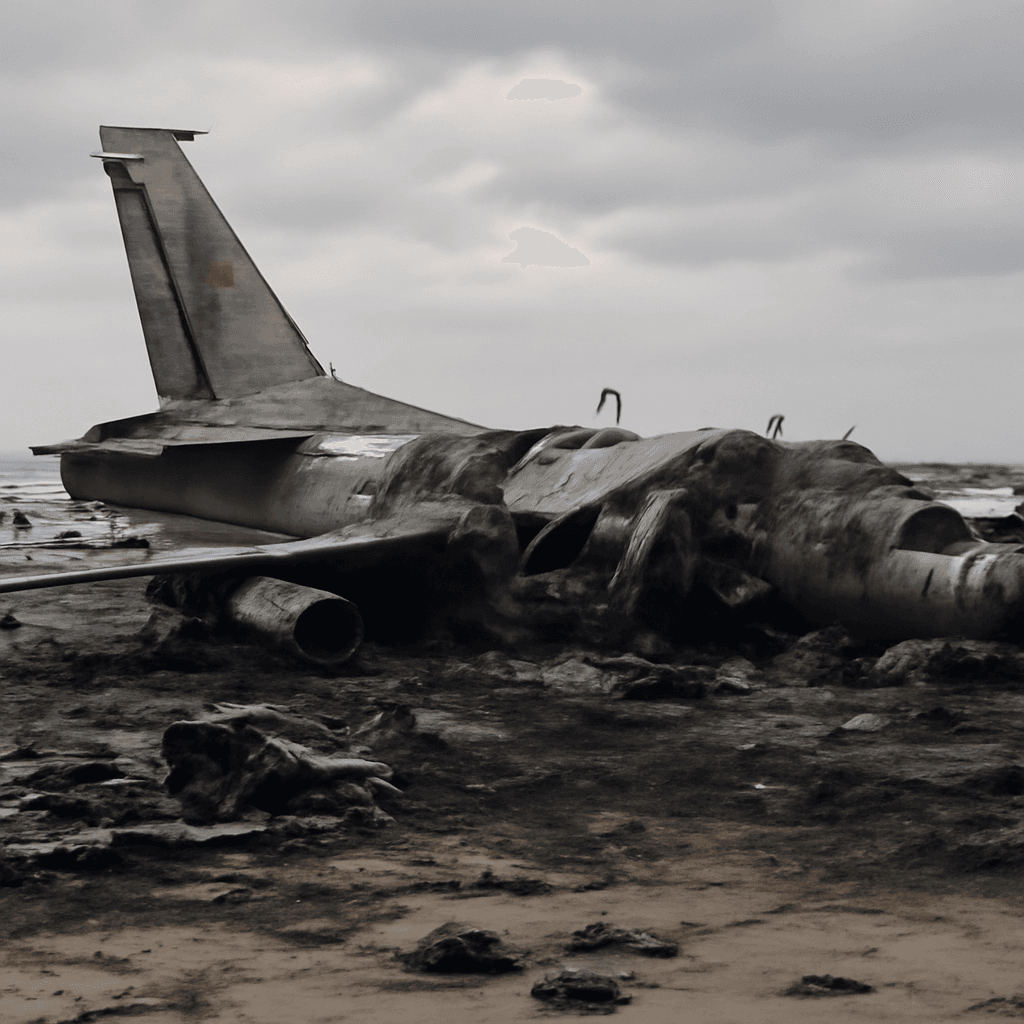Ukraine's 'Spider's Web' Operation Strikes Deep into Russian Territory
In a bold military maneuver, Ukraine executed an unprecedented drone attack targeting Russian military infrastructure deep inside Russian territory. The operation, code-named 'Spider’s Web', involved the use of first-person-view (FPV) drones to disable 41 Russian warplanes across four airbases, including remote locations such as Siberia.
Strategic Impact on Russian Air Power
This audacious strike significantly impaired Russia’s aerial capabilities. Ukraine's Security Service (SBU) reported that approximately 34% of Russia's strategic cruise missile carriers were damaged, including prominent bomber models like the Tu-95 and Tu-22M3, as well as one of the remaining A-50 radar surveillance aircraft. Kyiv estimates the damages amount to around $7 billion, marking this as one of the most costly and effective airbase assaults since the conflict's escalation in 2022.
Innovative Drone Deployment Techniques
The drones used were smuggled inside Russia, concealed within modified trucks equipped with remote-controlled roofs and wooden compartments. This covert deployment allowed drones to launch from within Russian territory, bypassing extensive air defense systems. The drones themselves were housed in specialized cargo containers complemented by satellite uplinks and solar panels, enabling them to remain on standby for extended periods before activation.
Unlike conventional drone operations reliant on radio frequencies vulnerable to jamming, these FPV drones were controlled through fiber optic cables. This method drastically reduced the risk of electronic interference, granting Ukrainian operators precise control over the strike while maintaining stealth.
Geographic Scope of the Attack
The airbases targeted spanned vast distances, including:
- Belaya airbase in eastern Siberia
- Olenya airbase located in the Arctic region
- Dyagilevo and Ivanovo airbases situated east of Moscow
This extensive reach underscores Ukraine's increasing operational capability to conduct long-range strikes against high-value Russian military assets.
Russian Response and Implications
Russian military authorities confirmed that several aircraft caught fire during the attacks but reported no casualties, asserting the fires were contained swiftly. However, analysis from various Russian military commentators described the incident as a significant blow, highlighting potential intelligence and security lapses.
Regional officials, including the governor of the Irkutsk region, acknowledged the attack as unprecedented in Siberia and cautioned the public against panic. Subsequently, Russian authorities reported detaining multiple suspects, including a truck driver believed to be linked to the covert drone deployment. Meanwhile, Ukraine claims all personnel involved in planning and executing the operation have been safely extracted from Russian soil.
Conclusion
The 'Spider’s Web' operation represents a landmark advancement in Ukraine’s tactical use of unmanned technology to neutralize critical military threats deep inside hostile territory. This highly coordinated drone strike not only inflicted severe material losses but also demonstrated sophisticated infiltration capabilities, posing new challenges for Russian defense strategists.



















